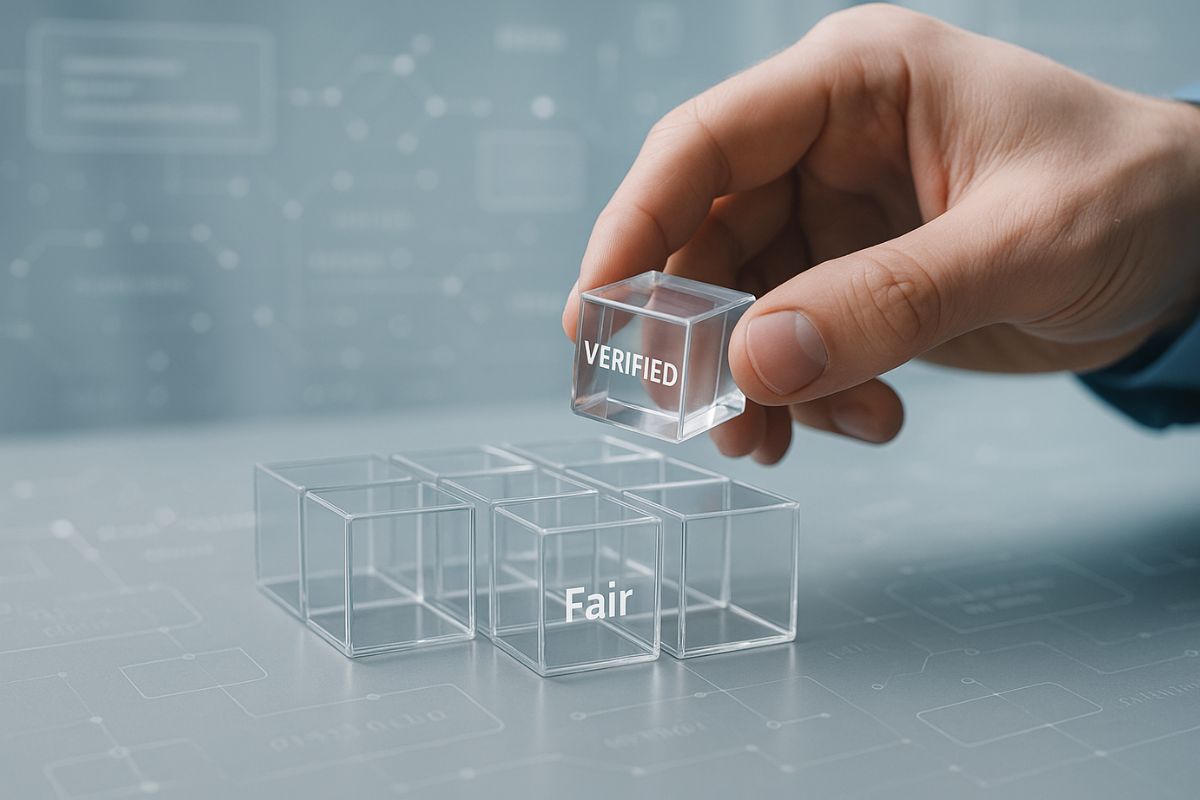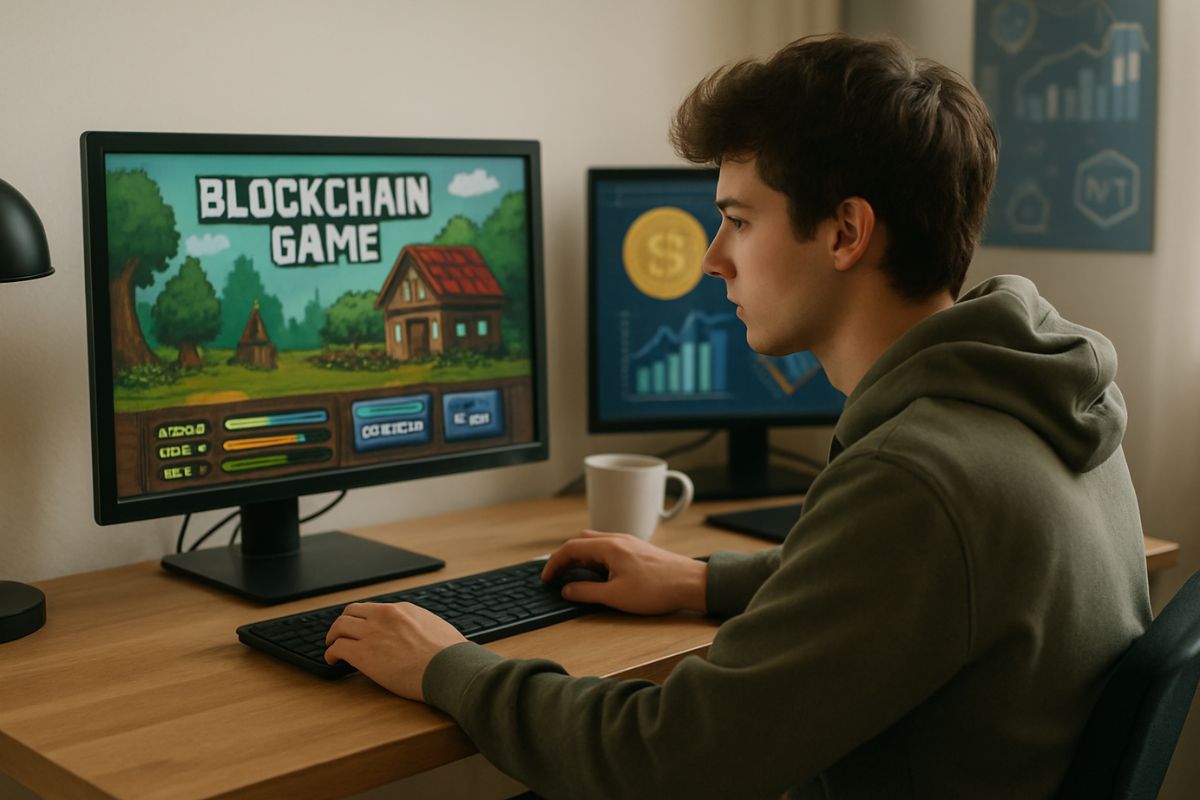
For centuries, the way we organize ourselves to get things done has followed a familiar pattern. Whether it’s a company, a non-profit, or a club, there’s usually a leader, a management team, and a set of rules written on paper. Decisions are made in boardrooms and passed down from the top. But what if a group could operate without a central leader, with its rules coded onto the internet for everyone to see?
This is the foundational idea behind a Decentralized Autonomous Organization, or DAO. It’s a new way for people to collaborate and make decisions, using blockchain technology to create organizations that are more transparent, democratic, and internet-native. For anyone tracking the future of business and finance, understanding DAOs is key to seeing where the new digital economy is heading.
A Quick Guide to DAOs
This article will walk you through the world of DAOs and how they are changing the way people work together. Here’s a quick preview of the topics:
- What DAOs Are: We’ll break down the basic concept of a DAO as a group with a shared purpose and a bank account that no single person controls.
- How They Work: We’ll look at the mechanics of DAOs, including how they use crypto tokens for voting and smart contracts to enforce rules automatically.
- What They Do: We’ll explore some real-world examples, from managing financial protocols to pooling funds to buy valuable assets as a group.
What is a DAO, Really?
At its heart, a DAO is a community with a mission and a shared treasury, which is typically funded with a digital currency. The big difference is that there is no CEO or central authority who can make decisions or access the funds on their own. Instead, the rules are written into the organization’s code, which lives on a blockchain. These rules, known as smart contracts, are transparent and automatically enforced.
Think of it like a highly advanced vending machine. You put in money (a vote or contribution), and the machine automatically follows its programming to give you a specific product or outcome. A DAO works similarly: members vote on proposals, and if a proposal passes, the code automatically executes the decision, like sending funds or changing a rule. The treasury is controlled by the collective, and funds can only be spent with the group’s approval.
How Decisions Are Made
So, if there’s no boss, how does anything get done? The answer lies in governance tokens. These are a type of cryptocurrency that gives holders the right to vote on proposals related to the DAO. Typically, the more tokens you hold, the more weight your vote carries.
The process usually looks like this:
- A community member submits a proposal. This could be anything from funding a new project to changing the DAO’s rules.
- The community discusses the proposal, often in online forums like Discord.
- A formal vote is held on the blockchain. Members use their governance tokens to vote for or against the proposal.
- If the proposal reaches a predetermined level of support (a quorum), the vote passes. The decision is then automatically carried out by the DAO’s smart contracts.
This model allows for a bottom-up approach to governance, where every member with a stake in the organization has a voice in its future.
What Do DAOs Actually Do?
DAOs are not just a theoretical concept; they are being used today for a wide range of purposes, managing billions of dollars in assets. Some of the largest and most active DAOs are responsible for managing the financial protocols that form the backbone of Decentralized Finance (DeFi). They set the rules and fees for complex activities, and members often have to understand how to navigate the risk in DeFi yield farming to participate effectively.
Other DAOs act as collective investment funds. Members pool their resources to buy assets that would be too expensive for an individual to purchase alone. These groups might vote to buy a rare piece of digital art (an NFT) or even invest in the tokenization of real-world assets like property or collectibles. Every member becomes a part-owner, sharing in the risks and rewards.
Many DAOs also play a critical role in the operation of decentralized exchanges. They vote on important parameters, like the fees charged on trades, and help direct the future development of the platform. Their decisions directly impact the automated market makers that facilitate billions of dollars in trading volume every day, showing how community governance can steer major financial infrastructure.
The Good and The Not-So-Good
This new way of organizing brings with it a unique set of strengths and challenges. On the positive side, DAOs offer unprecedented transparency. All transactions and votes are recorded on a public blockchain, so anyone can see how decisions are being made and how funds are being spent. They also allow for global participation, as anyone with an internet connection can join and contribute, breaking down geographical barriers.
On the other hand, making decisions can be slow and inefficient when every choice requires a community vote. There’s also the problem of voter apathy, where members who hold tokens don’t participate in voting, leaving important decisions to a small group. Security is another major concern, as a flaw in the DAO’s code could be exploited, putting the entire treasury at risk.
DAOs are still a young and developing idea, but they represent a profound shift in how we think about organizations. They are testing whether a community united by code and a shared vision can run itself more effectively and fairly than a traditional, top-down structure. They are, in essence, a live experiment in digital democracy.


No Comments